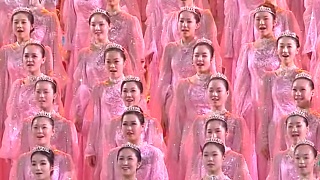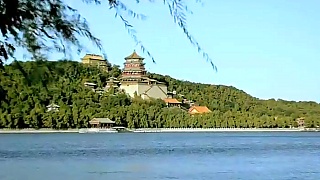Don't miss it !
Postmodern Jukebox - All About That Bass ...
[640],shadow=true,start=,stop=The Speakeasy Three - When I Get Low, I Get High ...
The Hot Sardines - Bei Mir Bist Du Schoen ...
[320],shadow=true,start=,stop=Pink Martini, featuring Storm Large - Kaj Kola Khan ...
[320],shadow=true,start=,stop= Something Different – jazz vocals (music)
Something Different – jazz vocals (music)
















